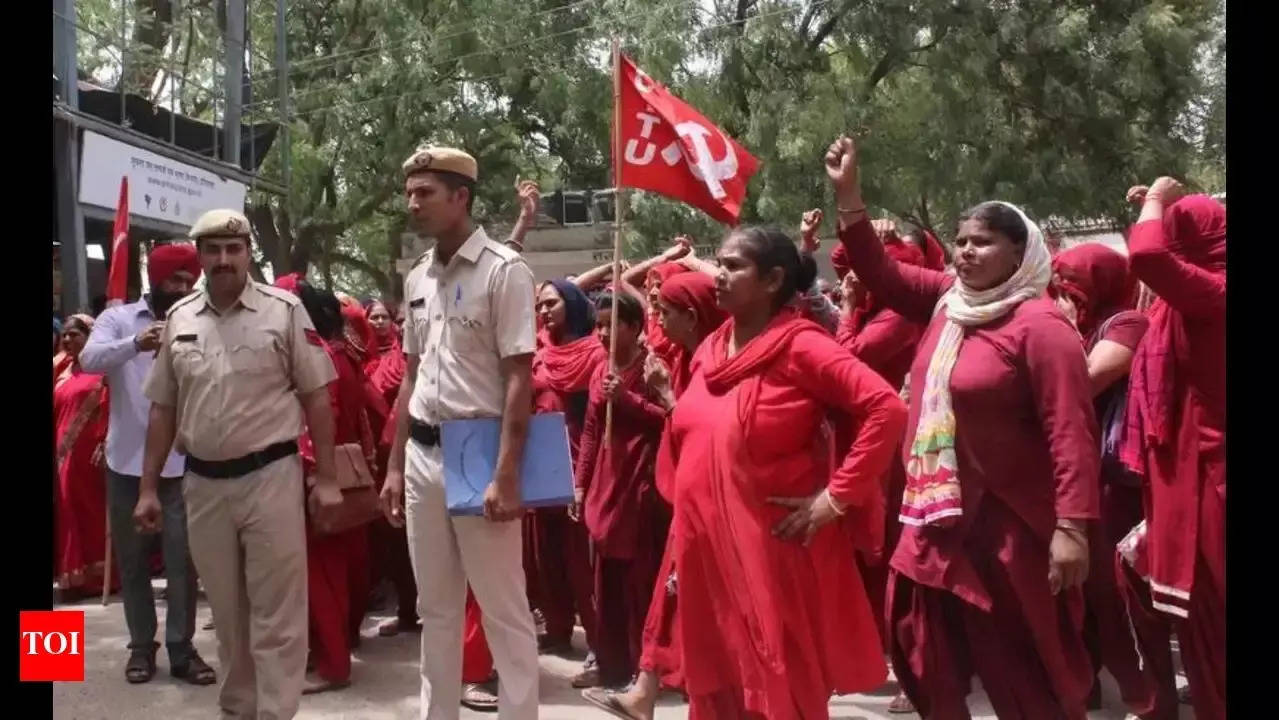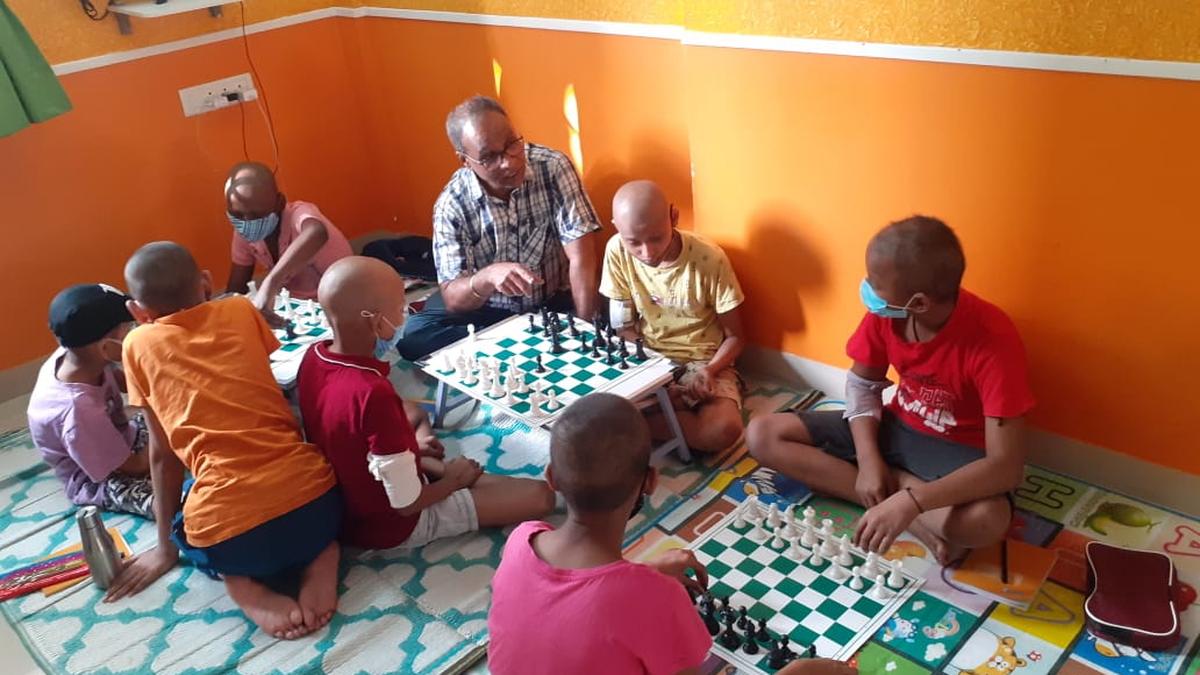An array of “missed opportunities” is plaguing the AIDS response worldwide, according to AIDS Society of India president Dr Ishwar Gilada. Factors like lack of accountability, sub-optimal programme effectiveness, and complacency are slowing us down from reaching the goal of an AIDS-free world by 2030, he added.
“We have adequate and efficient tools to end AIDS – be it the science-backed tools and approaches to prevent HIV (human immunodeficiency virus) transmission, or diagnosing and treating persons living with HIV (PLHIV) so that they can live healthy lives. With these tools, we are progressing but not progressing fast enough as we should, to end AIDS by 2030,” he said in a statement issued ahead of World AIDS Day, December 1.
“India has also done well, not only for itself but it has contributed immensely by making antiretroviral therapy (ART) affordable and accessible to over 90 per cent of people living with HIV in the world. However our goals are high and a little too far from being achieved,” Dr Gilada said.
Globally, data for 2021 shows that 38.4 million people were living with HIV, out of which 1.7 million were children. 54 per cent of all people living with HIV were women and girls. In 2021, 6,50,000 people died of AIDS-related diseases. Around 1.5 million people worldwide became newly infected with HIV in 2021 – 4,000 new infections every day as per the Joint United Nations Programme on HIV/AIDS (UNAIDS).
The number of people on HIV treatment increased by only 1.47 million in 2021, compared to net increases of more than 2 million people in previous years. Globally, 85 per cent of all people living with HIV knew their HIV status in 2021. Among people who knew their status, 88 per cent were accessing treatment. And among people accessing treatment, 92 per cent were virally suppressed. In other words, of all people living with HIV, 85 per cent knew their status, 75 per cent were accessing treatment and 68 per cent were virally suppressed in 2021.
According to UNAIDS, an estimated 2.4 million people were living with HIV in India in 2021 (including 70,000 children). Out of these 1.9 million or 77 per cent knew their HIV status; 1.6 million (or 65 per cent) were on life-saving antiretroviral therapy; and 1.3 million (55 per cent) had suppressed viral load. More alarmingly, 63,000 people were newly infected with HIV in 2021 in India – 173 new infections every day or seven infections every hour. There were 42,000 AIDS-related deaths in 2021 (5 deaths every hour), as per data from UNAIDS.
“We have robust ART that can result in undetectable viral load for those PLHIV on treatment within just a couple of months and by now it is amply clear that ‘undetectable is untransmittable’ or U=U. Thus, each new HIV case is a missed opportunity, where a range of combination of prevention options could have helped prevent the person from getting infected,” said Dr Gilada
“Likewise, every AIDS-related death is a grim reminder that it could have been averted because we have proven science-backed tools to make `AIDS death’ a history,” said Dr Gilada, who is also the secretary general of Peoples Health Organisation-India (PHO) and governing council member of International AIDS Society (IAS).
The theme of World AIDS Day 2022 is ‘Equalize’. “We will have to end the inequalities which perpetuate AIDA. The ‘Equalize’ slogan of UNAIDS is a call to action for all of us to work for the proven practical actions needed to address inequalities to help end AIDS. All PLHIV must have access to HIV testing and treatment,” Dr Gilada urged.










![Best Weight Loss Supplements [2022-23] New Reports!](https://technologytangle.com/wp-content/uploads/2022/12/p1-1170962-1670840878.png)




